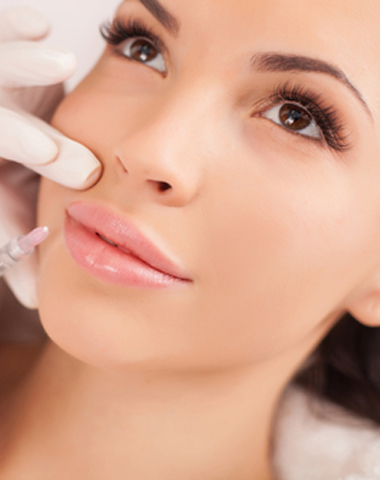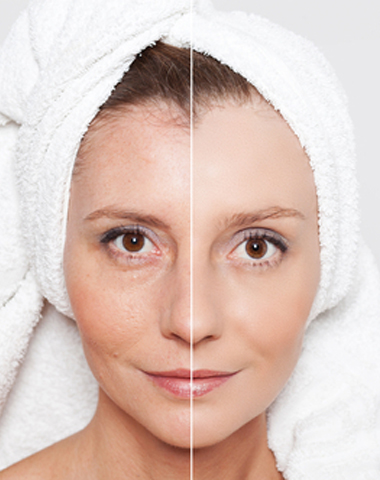At Rao Dermatology, we celebrate the use of neuromodulator injections for healthy, young, and wrinkle-free skin. Our techniques and technologies are clinically tested and  have proven to temporarily eradicate wrinkled skin. While our treatments provide you with optimal results and minimal side effects, not all dermatologists practice proper neuromodulator etiquette, which includes accurate medical history checks and the frequency and intervals of your appointment. As a result, long –term effects can ensue. Below, we’ve listed a series of long-term effects that can materialize from the improper and untracked usage of neuromodulator injections.
have proven to temporarily eradicate wrinkled skin. While our treatments provide you with optimal results and minimal side effects, not all dermatologists practice proper neuromodulator etiquette, which includes accurate medical history checks and the frequency and intervals of your appointment. As a result, long –term effects can ensue. Below, we’ve listed a series of long-term effects that can materialize from the improper and untracked usage of neuromodulator injections.
Pain deriving from Injection
Following multiple injections, it is possible for patients to experience pain at the neuromodulator injection site. More specifically, the area may become tender, swell, or bruise. Follow up treatments, when completed properly, should be able to eliminate these long-term side effects. However, in rare cases, the area of the injection site may permanently become tender.
Allergic Reactions
Patients who receive neuromodulator injections can experience allergic reactions. If you receive treatment and observe abnormalities such as irregular breathing, chest pains, abnormal heartbeat or bleeding, contact your physician or go to your nearest Emergency centre; you may be unaware that your neuromodulator injections have a negative impact on your allergies.
Eye Irritation
If you receive neuromodulator treatments in areas near your eye on a regular basis, you can develop irritation around that area. More specifically, you may experience watery, red or itchy eyes and in the most extreme cases you can develop blurry vision. In milder cases, consult your dermatologist so they are able to accurately monitor these effects. In the more severe instances, such as blurred vision or swelling, contact your physician.
Finally, any irregular side effects that occur following frequent neuromodulator injections should prompt you to speak with your dermatologist or family physician.

















